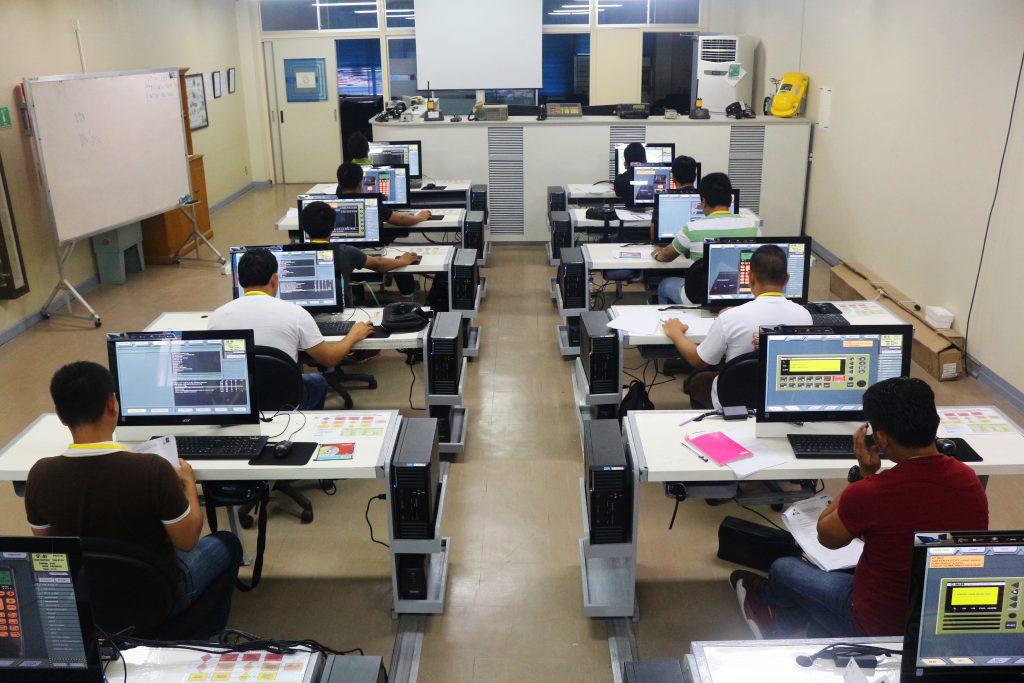In a growing economy like the Philippines, the maritime industry continues to be a significant growth contributor. Encompassing maritime security, trade, shipbuilding, offshore extraction and exploration, the industry offers a wide array of opportunities that bring profit to the country.
Considered as a maritime nation, the Philippine archipelago has an upper hand in producing the world’s finest seafarers. Acknowledging that it takes more than a geographical advantage, the National Maritime Polytechnic (NMP) equips its students with holistic training programs, upgraded technological facilities and alternative learning methods that aim to produce competent seafarers who will be the country’s asset in the global arena.
HOLISTIC TRAINING PROGRAM
The Standards of Training, Certification, and Watch keeping convention of 1978 (STCW) was amended in 2010 to align with the new technological and operational requirements for shipboard competencies. This drove NMP to strengthen their courses and set the bar high on the qualifications of Filipino seafarers.
Students of NMP undergo rigorous and comprehensive trainings to be competitive on a global level. NMP also offers professional development courses which are open to all maritime instructors, faculty members of maritime schools, merchant marine officers and those who want to teach in the maritime training institutions.
TECHNOLOGICAL FACILITIES
A key component in advancing maritime education in the Philippines is the integration of top-notch technology in courses and modes of instruction. A crucial upgrade NMP has done to its technological learning facilities is the acquisition of Acer-powered computers for the General Operator’s Certificate for Global Maritime Distress and Safety System (GOC for GMDSS). These powerful Acer computer desktops have high-end specifications and modem applications to process heavy data and applications for the course which complies with NMP’s specification.
The institution’s technological facility was designed to provide a simulation close to real-life scenarios in the field. From transmitting and receiving information, to providing radio services for emergency purposes, Filipino seafarers are expected to be equipped with the know-how using the technology in NMP’s laboratory.
GEARING UP FOR THE FUTURE
As maritime education enters the digital age, NMP is gearing up for distance and online learning to cater to more aspiring seafarers. In the next three years, the institution cited these learning methods to cater to mobile seafarers while maximizing the technology available today. Distance and online learning traditionally have focused on nontraditional students or trainees, such as full-time workers, military personnel, merchant marines and nonresidents or individuals in remote regions who are unable to attend classroom lectures. However, NMP sees potential in the method that it can strengthen and widen the institution’s services and capabilities, reaching more trainees across the country.
To know more about the courses and trainings being offered by NMP, visit their website at www.nmp.gov.ph and follow them on Facebook (nmptrainingcenter).
